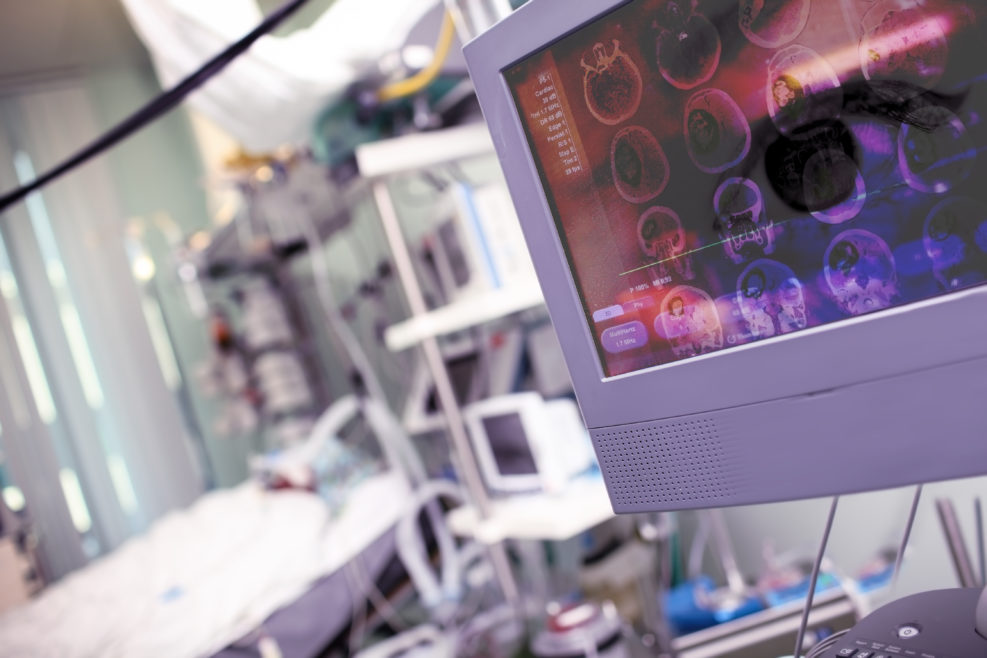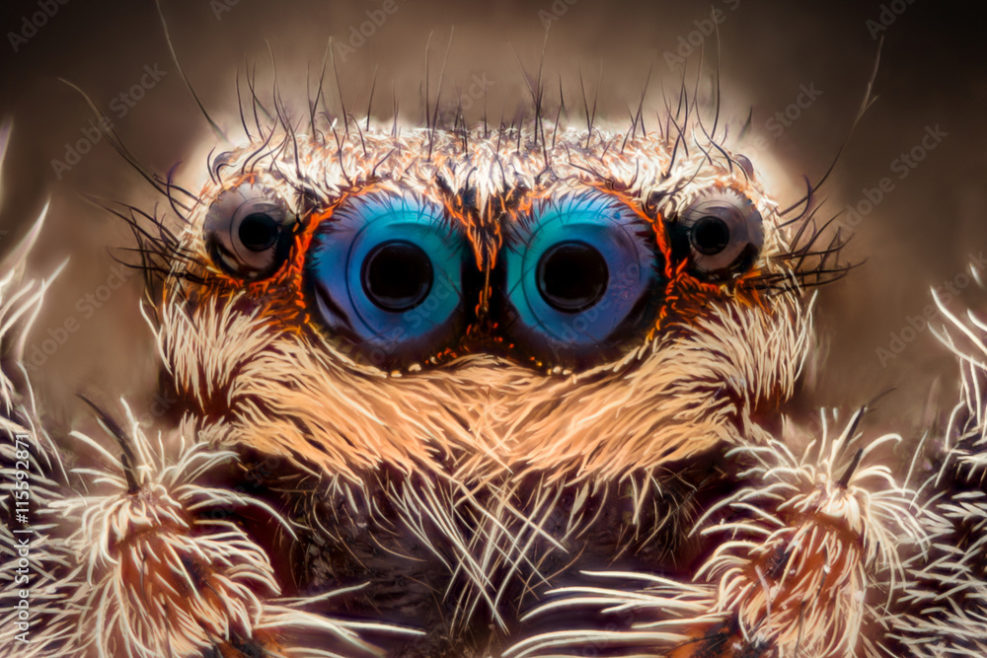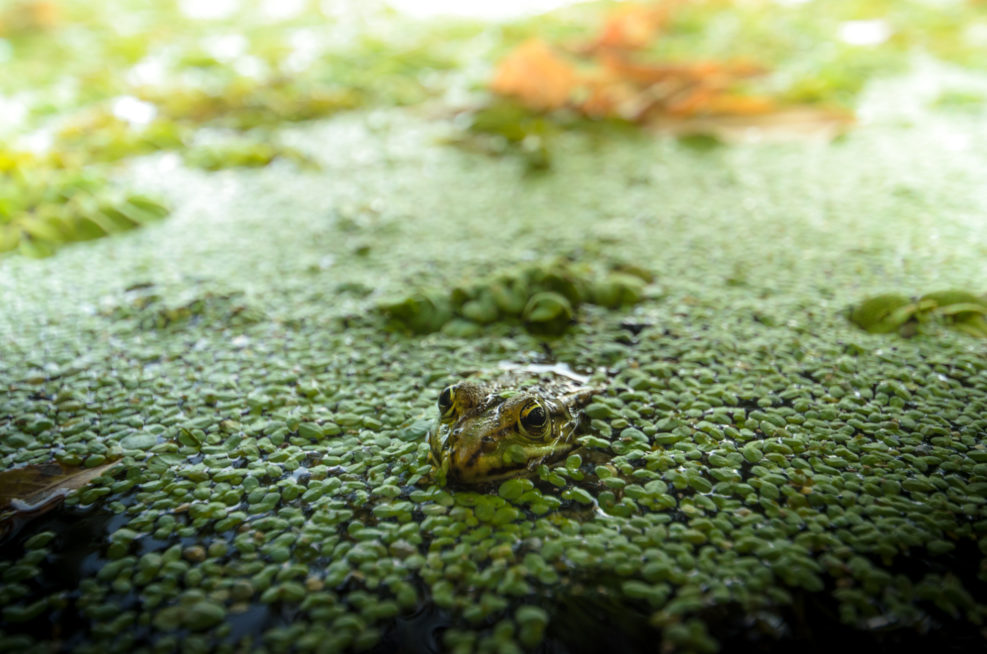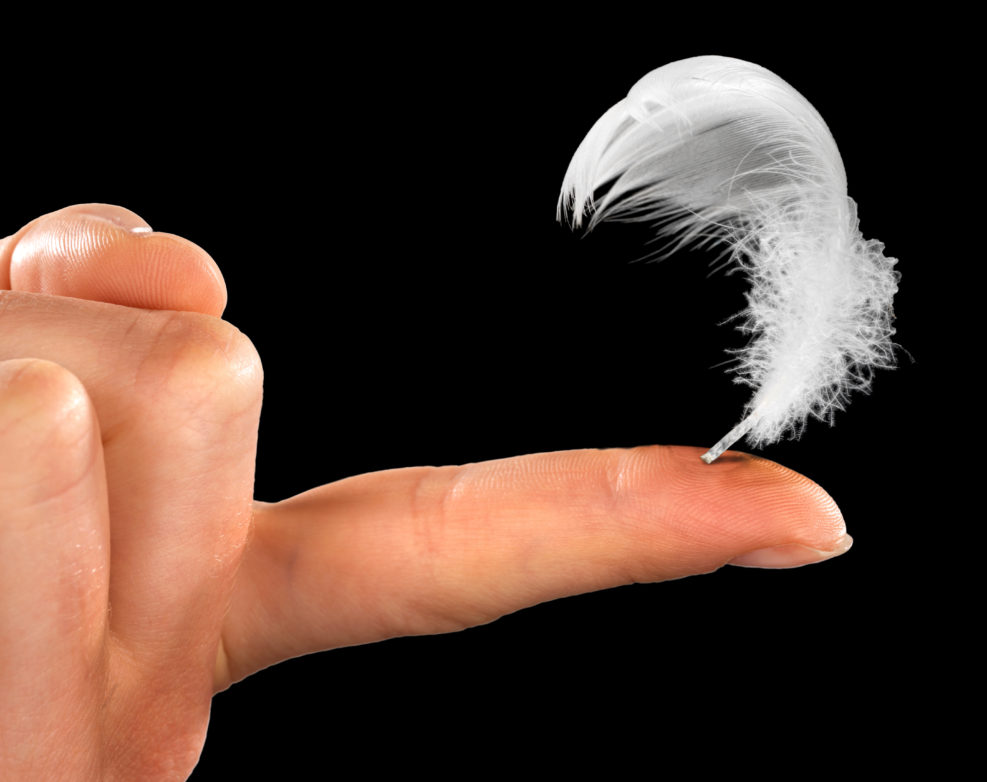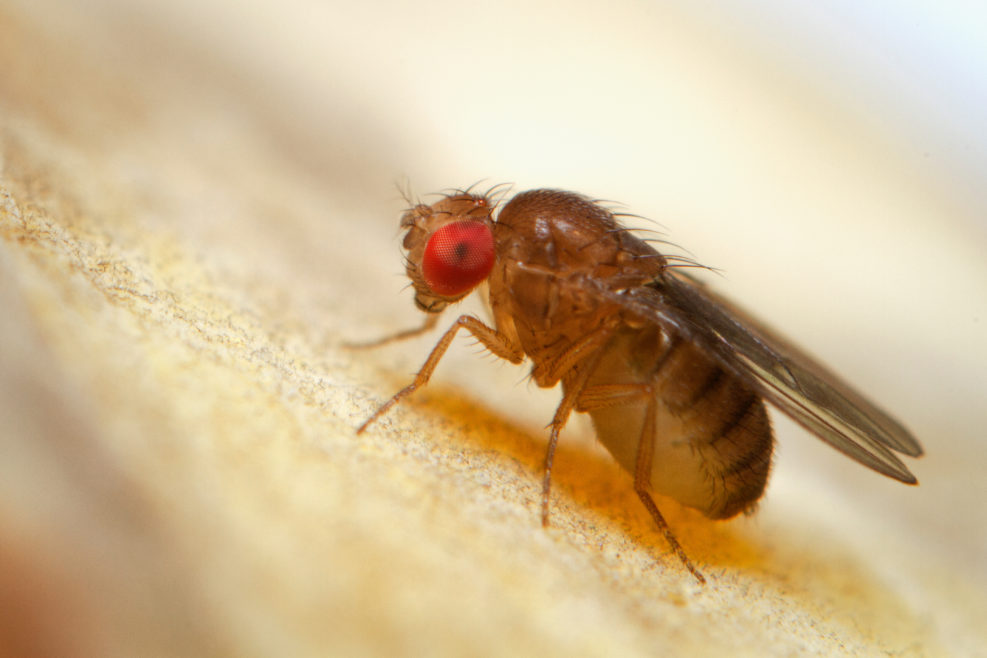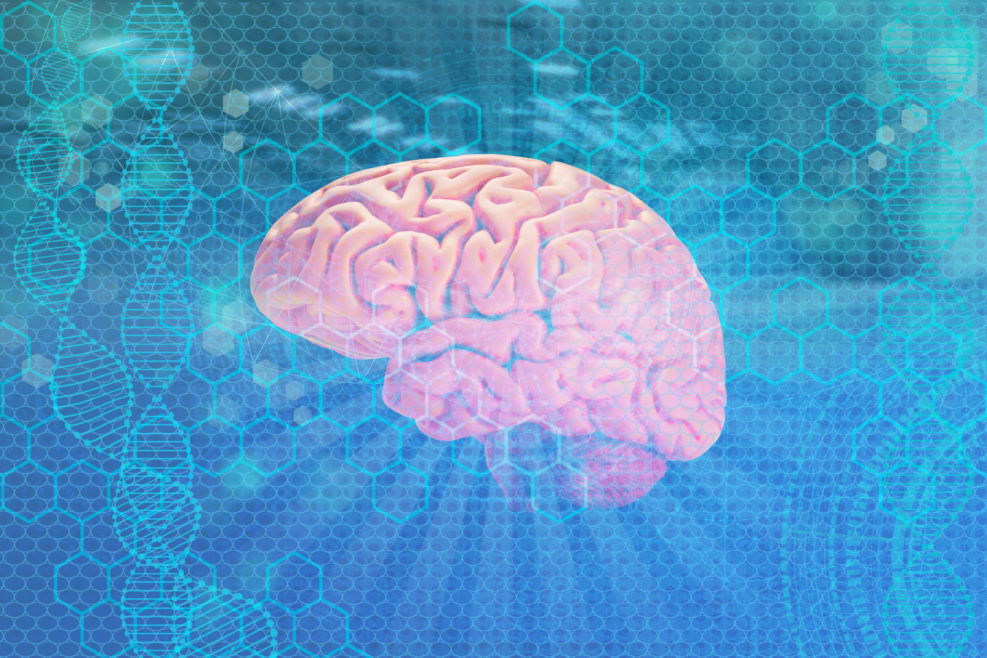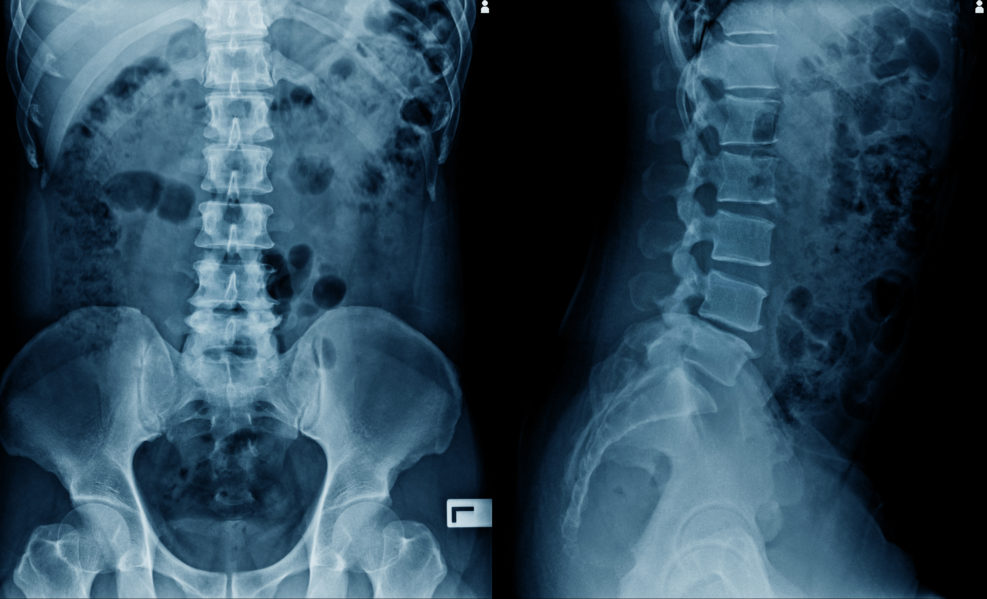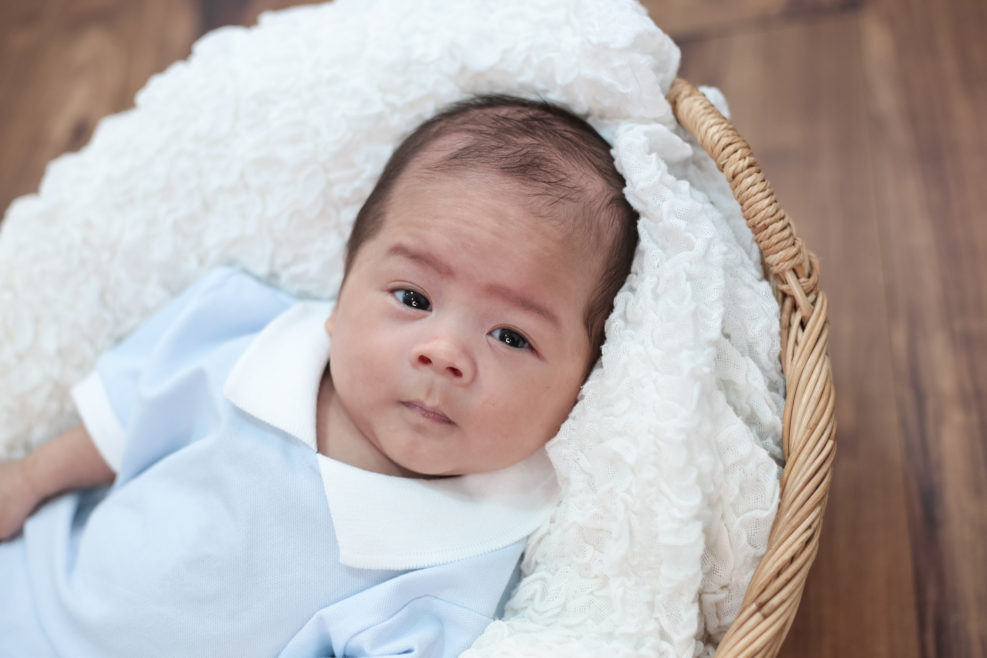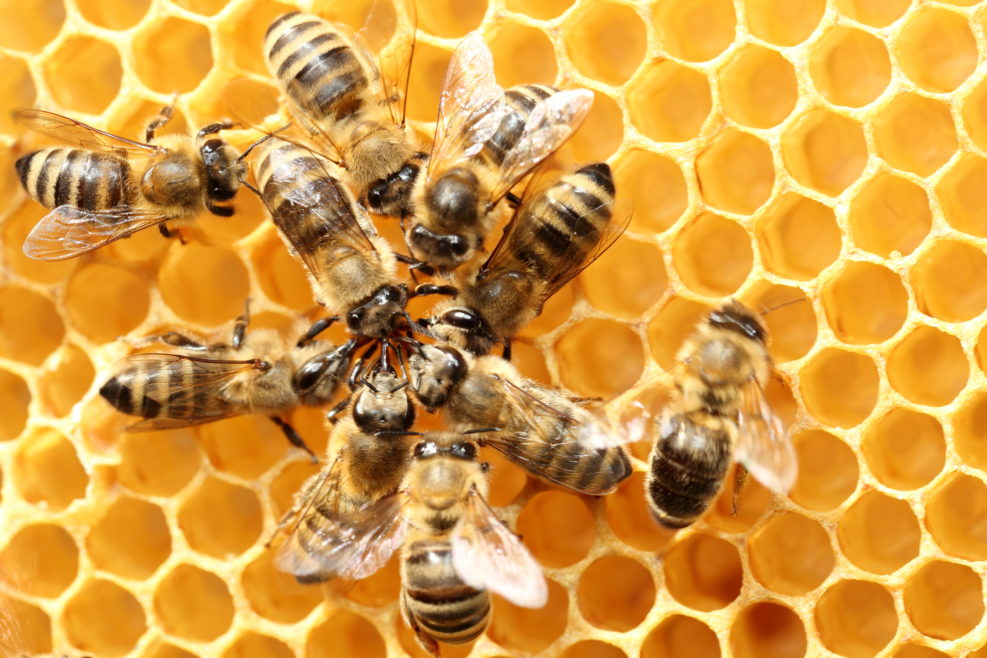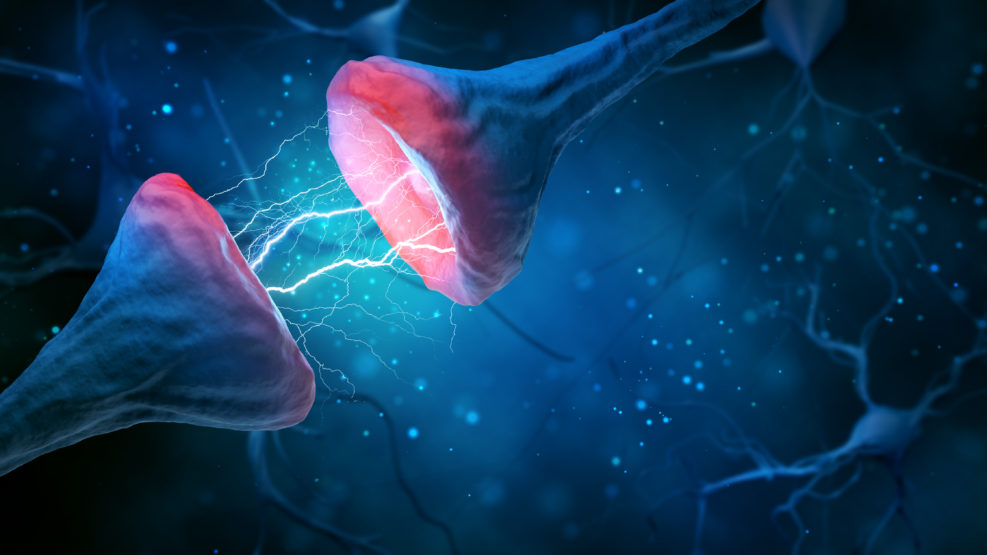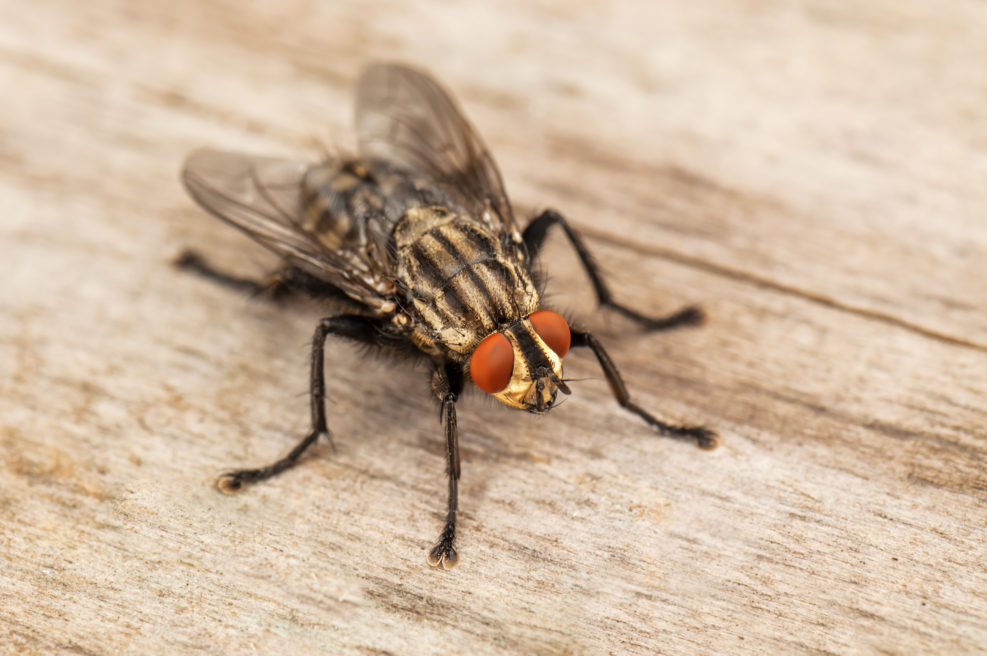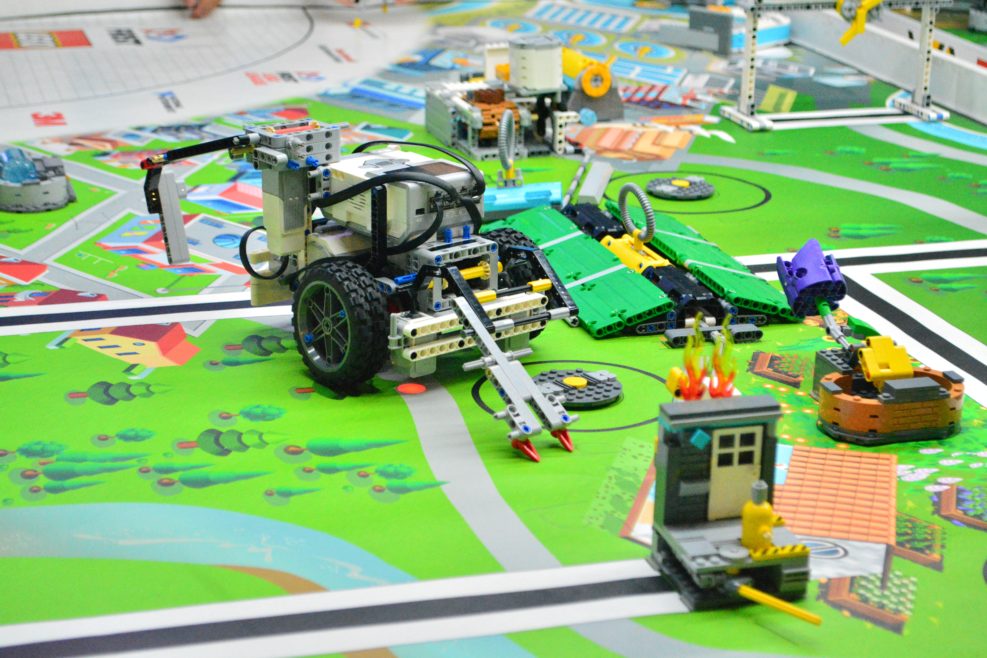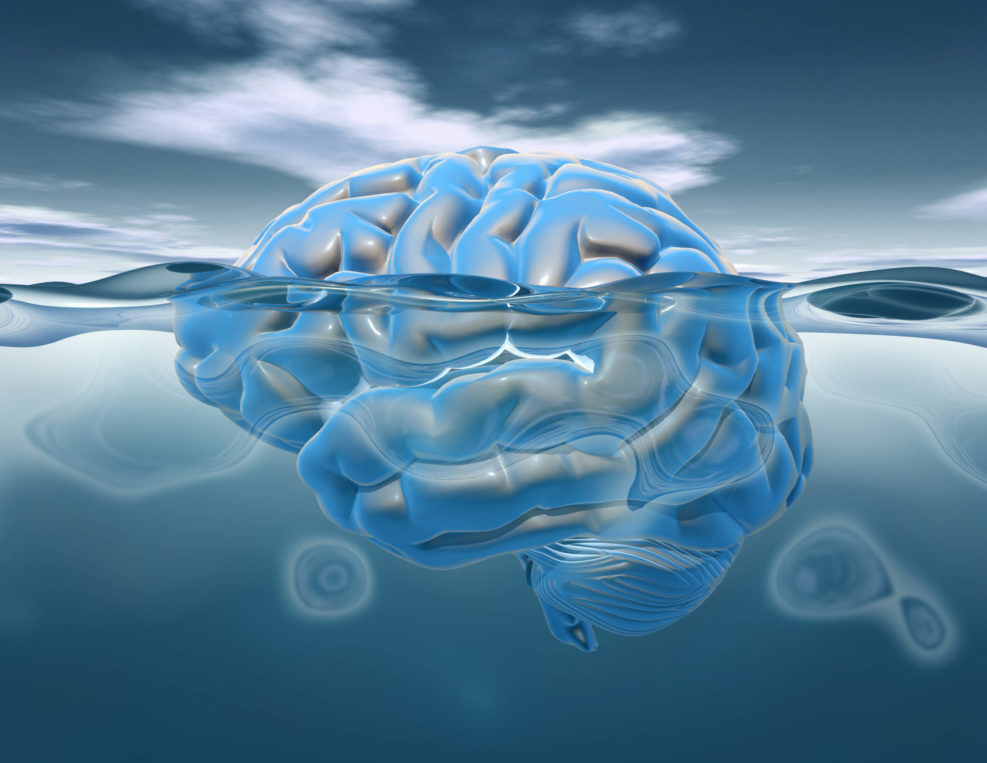
Consciousness Experiments Confirm Each Research Group’s Theories
Human consciousness is by far the biggest mystery in the universe. We can be pretty sure that a researcher bold enough to claim to have found simple answer is mistaken. A recent study out of Tel Aviv University dramatically illustrates the problems we face. The researchers, focusing on the methods of study (methodological choices) that consciousness researchers from various schools of thought chose, found that a computer program could predict their results with 80% accuracy. That wasn’t supposed to happen: “The big question is how consciousness is born out of activity in the brain, or what distinguishes between conscious processing and unconscious processing,” Prof Mudrik explains. “For example, if I see a red rose, my visual system processes the information Read More ›
